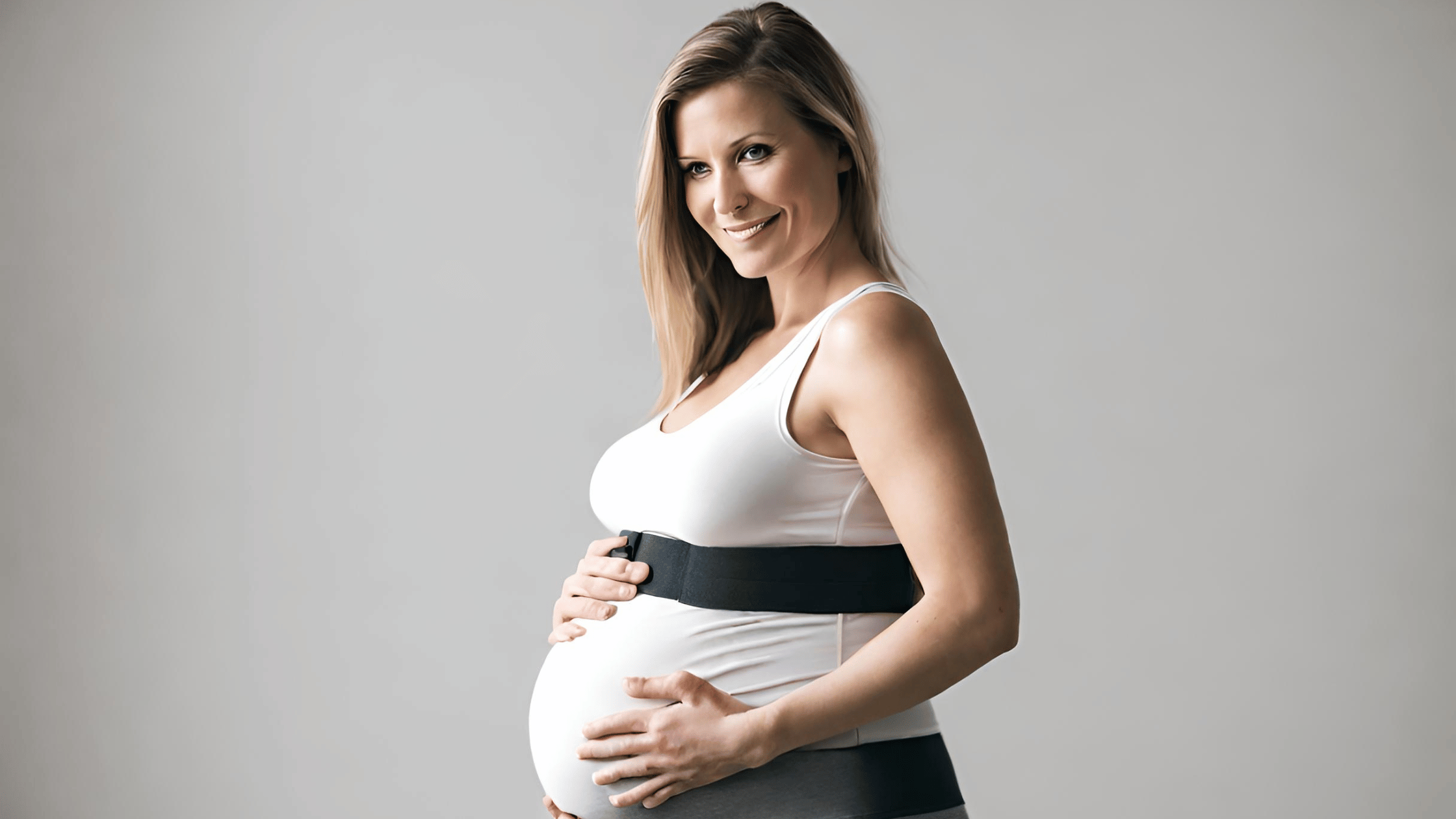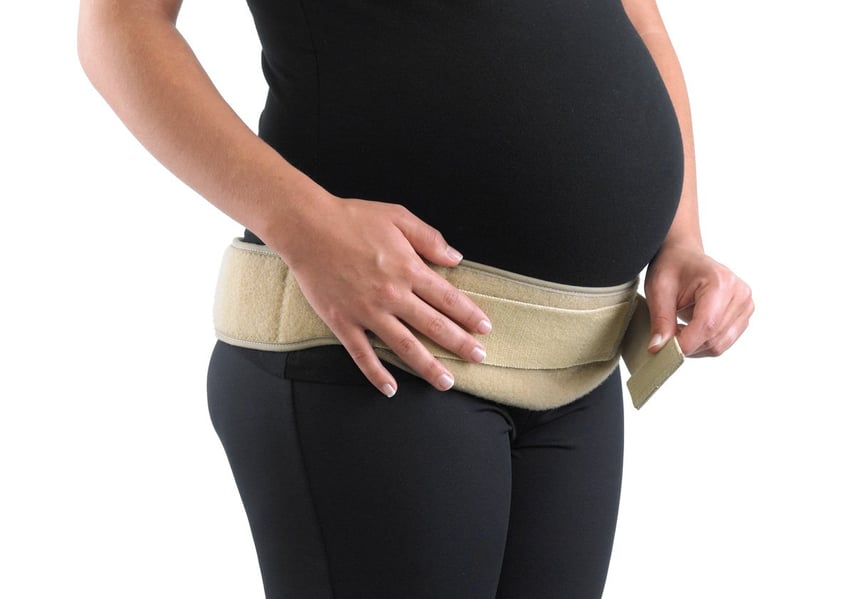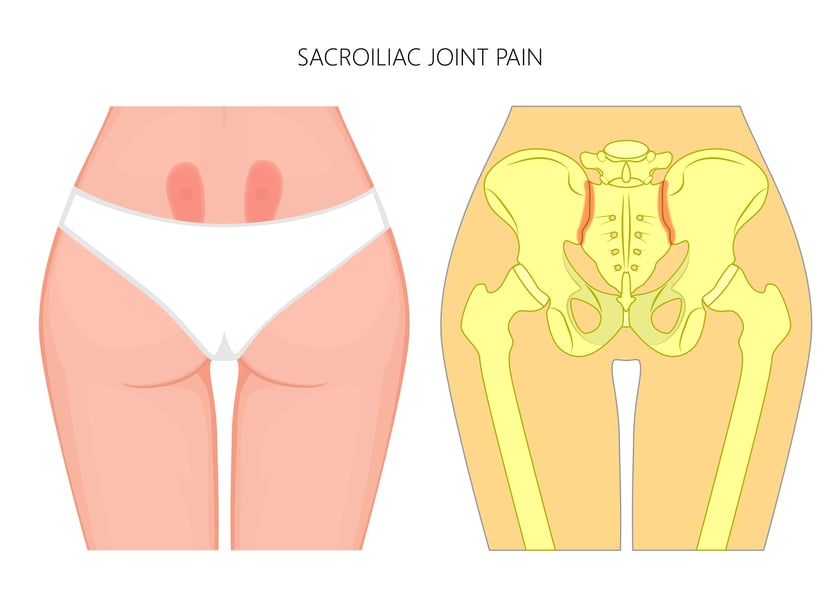SI Belts and Support Bands During Pregnancy: Pros, Cons, and Physical Therapy

Licensed Physical Therapist, PT, DPT // OCS Orthopedic Certified Specialist // Certified Dry Needling Specialist // EW Motion Therapy Homewood
Pregnancy is a journey of profound transformation, not just emotionally and mentally, but physically. As the body adapts to accommodate new life, it’s common for expecting mothers to seek comfort and support in various forms. One such support form comes from using sacroiliac (SI) belts and other supportive bands. But, like any intervention, these tools come with their own set of pros and cons. Alongside these aids, physical therapy is a pivotal means to foster strength and mobility. Our women’s health team at EW Motion Therapy can advise using these tools, along with other methods of strength-building during your pregnancy. Even if you decide not to pursue physical therapy with us, you can still read on as we explore how SI belts and physical therapy can work together.
What are SI belts?
SI belts are snug-fitting belts worn around the hips, just below the waist, over the sacroiliac joints. These joints are on either side of the spine, connecting the sacrum (lower spine) to the iliac bones (pelvis).
Typically made from elastic and non-elastic materials, these belts are designed to compress and support the SI joints. This can help stabilize the pelvis, which is particularly important as pregnancy progresses and the body releases more relaxin, a hormone that loosens ligaments to prepare the body for childbirth.

The role of SI belts and support bands
Pregnancy introduces many changes, including a natural increase in the hormone relaxin, which relaxes the ligaments in the pelvic area. This is where SI belts and supportive bands step in. They are designed to provide stability to the pelvis, which may relieve discomfort and support the body as it carries the additional pregnancy weight.
Stabilization: By applying pressure around the hips and across the sacroiliac joints, SI belts can help to reestablish the normal function of these joints, which can become disrupted due to the relaxation of ligaments during pregnancy.
Pain management: Many women experience lower back, pelvic girdle, or hip pain as their pregnancy advances. SI belts can mitigate this pain by limiting the mobility of the SI joints, thus reducing strain and stress on them.
Better balance: With a growing belly can come a sense of imbalance. Supportive bands help distribute the weight more evenly, which can lead to improved balance and potentially reduce the risk of falls—a significant benefit for both mother and baby.

Considerations before use
Overdependence: There's a thin line between the use and overuse of SI bands and other supportive devices. Relying heavily on these belts can sometimes lead to weakened core muscles, which are essential for childbirth and postpartum recovery. Long-term use without proper physical therapy can lead to a weakening of the muscles that are supposed to stabilize the pelvis.
Fit and comfort: Wearing an incorrectly sized or improperly positioned belt can do more harm than good, possibly leading to increased pain or even affecting the baby's position.
Nurturing strength: the physical therapy approach
As beneficial as supportive wear can be, it’s not a standalone solution. Physical therapy is a crucial player in the prenatal care team, focusing on long-term strength and mobility. Integrating SI belts with a physical therapy regimen ensures that women can draw on the benefits of immediate support and long-term stability.
Building core stability
Foundation for health: Physical therapists guide expecting mothers in strengthening their core muscles, which not only support the spine but also aid in labor and recovery. This foundational strength is crucial for the endurance required during childbirth.
Personalized care: Each pregnancy is unique, and so are the body's needs. Physical therapists provide tailored exercises that target specific areas, ensuring that the body is strong and ready for the demands of pregnancy and beyond.
Enhancing mobility
Maintaining a healthy range of motion is vital during pregnancy. Physical therapy encourages controlled movement that keeps joints and muscles limber, contributing to overall well-being. Through mobility work, physical therapists can help prevent the onset of pain and address any mobility issues as they arise, thus diminishing the need for constant external support.
Support bands and physical therapy working together
Embracing supportive wear and physical therapy creates a holistic approach to prenatal care. Support bands provide immediate relief, while physical therapy builds the long-term resilience of the body. But how do they work together?
Complementary benefits
Immediate vs. sustained support: While SI belts offer quick support, physical therapy builds the body’s capacity to support itself. Together, they ensure both immediate comfort and progressive strength development.
Versatility in treatment: Some days are harder than others during pregnancy. On days when pain is more pronounced, a support band can be a boon. Meanwhile, the ongoing regimen of physical therapy exercises keeps building the body’s natural ability to cope with these fluctuations.
Mindful integration: best practices
SI belts and supportive bands, supported by physical therapy, should be used mindfully. Before adopting any supportive wear, consulting with healthcare providers ensures that it’s a suitable choice. Similarly, engaging with a physical therapist can pave the way for an exercise regimen that aligns with your body's needs.
Regular check-ins with professionals help in adjusting support levels and exercise intensity, ensuring that neither the belts nor the exercises cause any undue strain. Recognizing when to use support bands and when to rest or practice strengthening exercises can prevent dependence and encourage a healthier pregnancy experience. Additionally, as pregnancy progresses, needs change. What works in the second trimester may not in the third. Both supportive wear and physical therapy plans should evolve with these changes.
Pregnancy is a unique experience, and there is no one-size-fits-all solution to managing the associated physical challenges. SI belts and supportive bands can offer significant relief and stability for many women, but they should be used judiciously and in conjunction with strengthening exercises recommended by physical therapists. Through this combined approach, expecting mothers can enjoy greater comfort, enhanced mobility, and the empowerment of knowing they are doing their utmost to support their health and the health of their baby. Our women’s health team at EW Motion Therapy considers it a privilege to walk with you along your pregnancy journey, helping you maintain mobility and strength. If you’re curious whether women's health physical therapy is right for you, click the button below to download our answers to 20 frequently asked questions.

